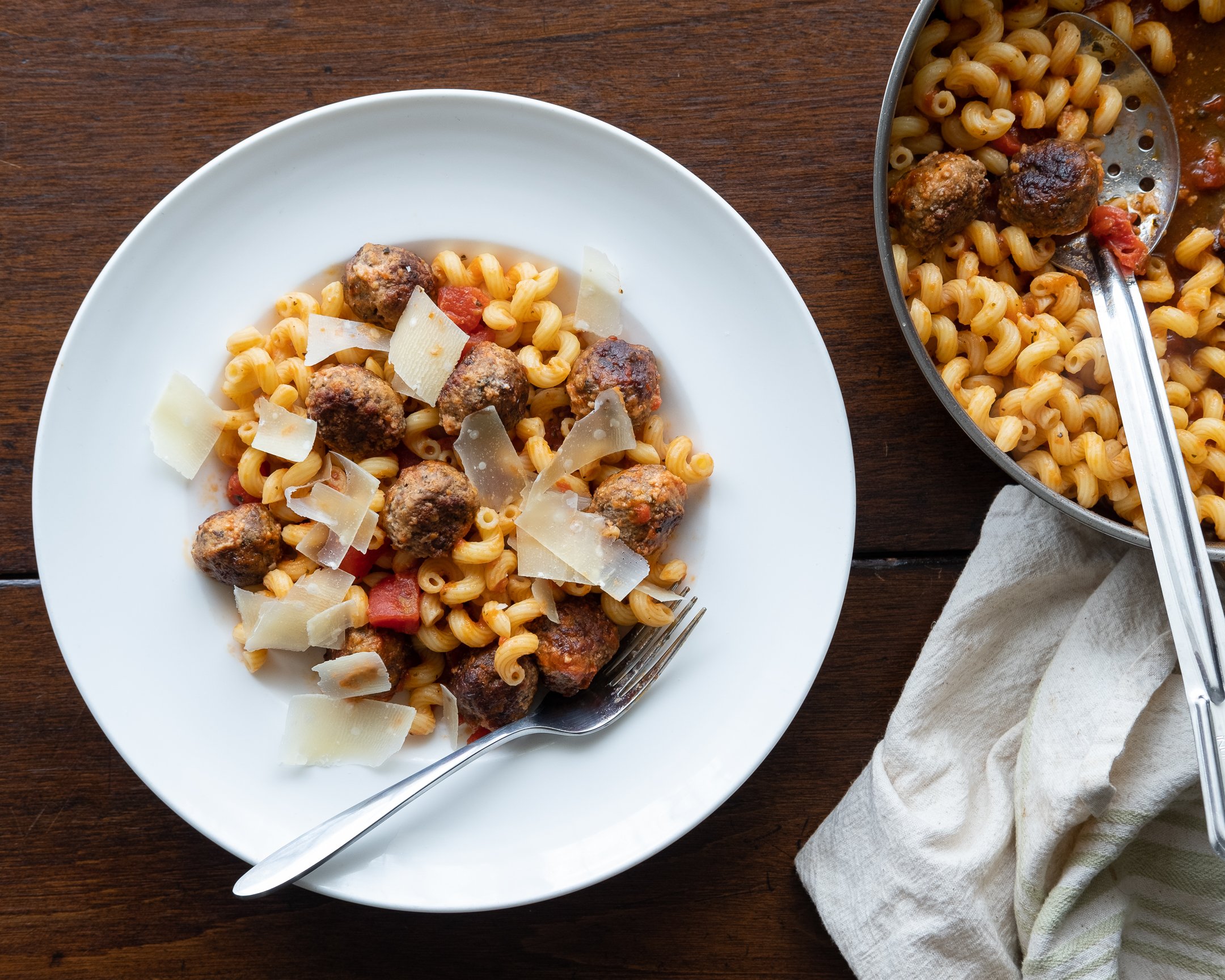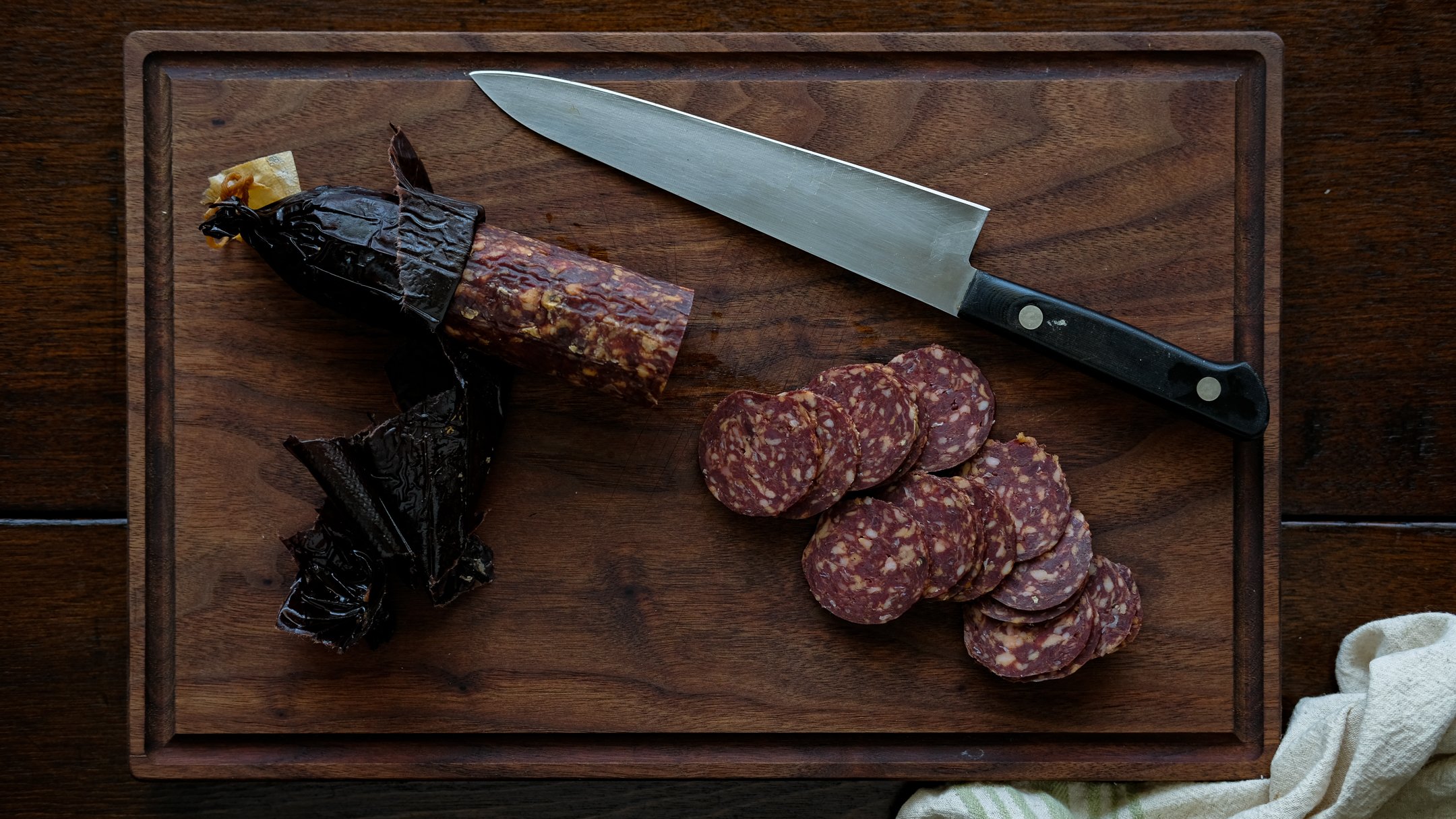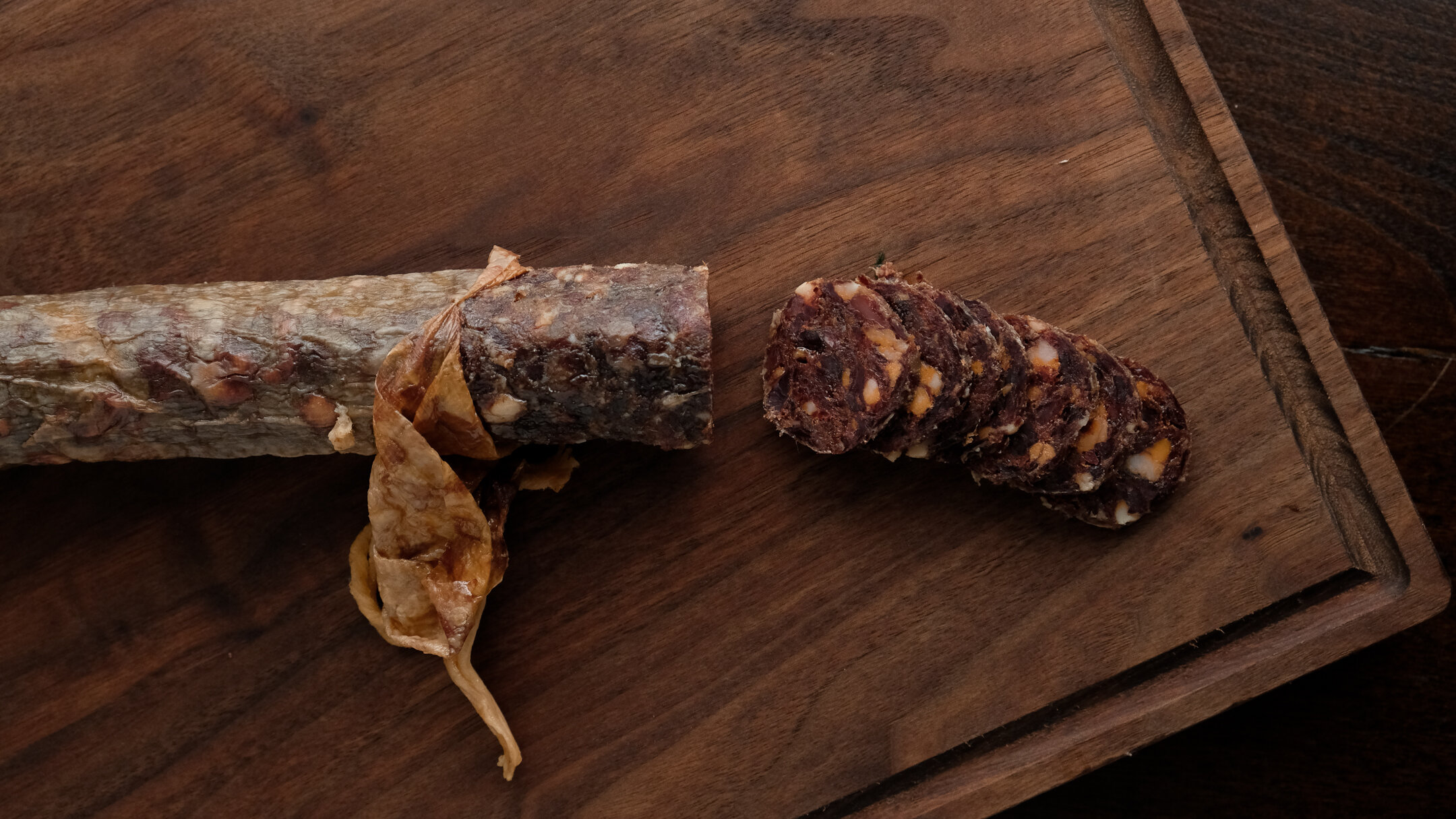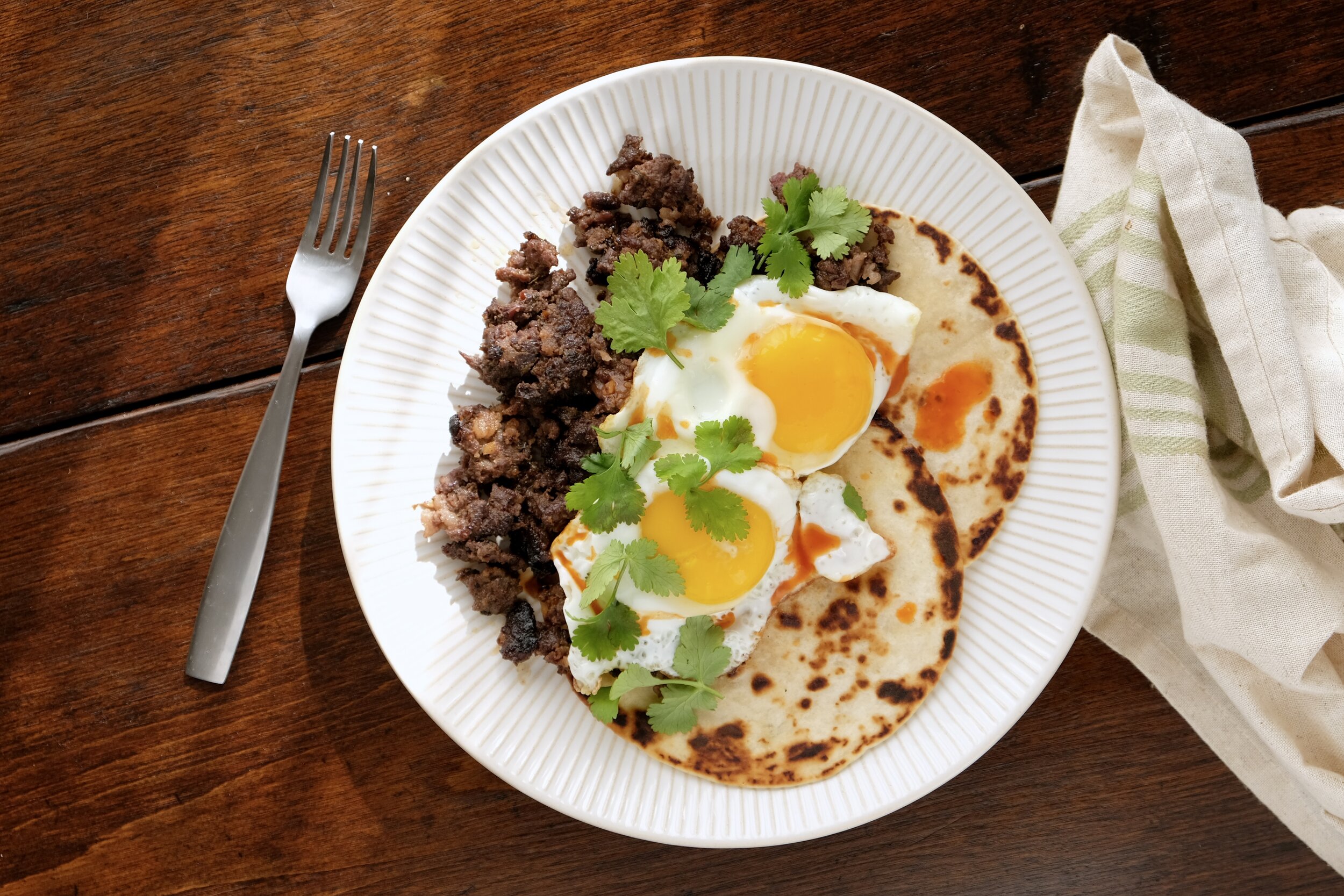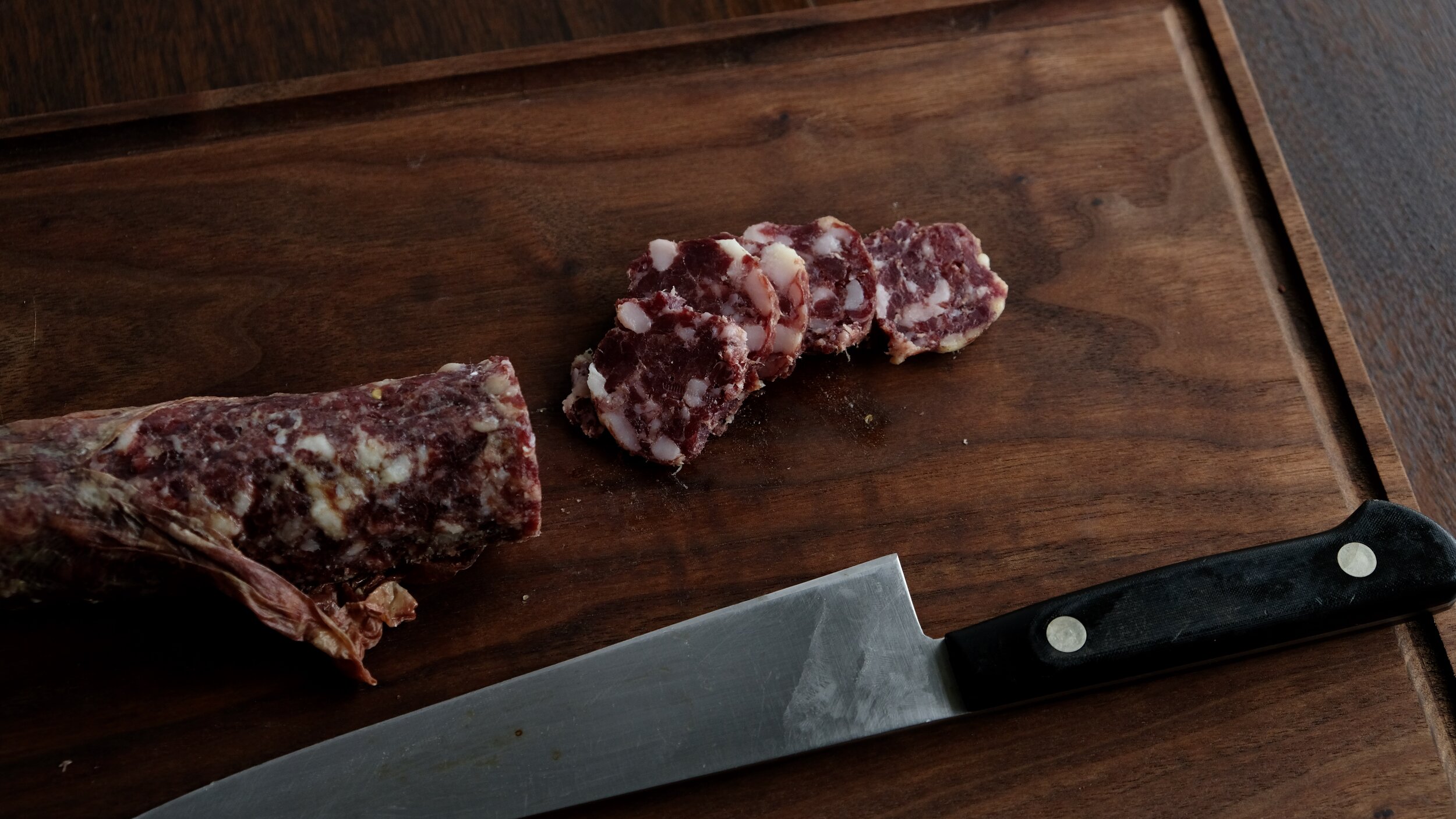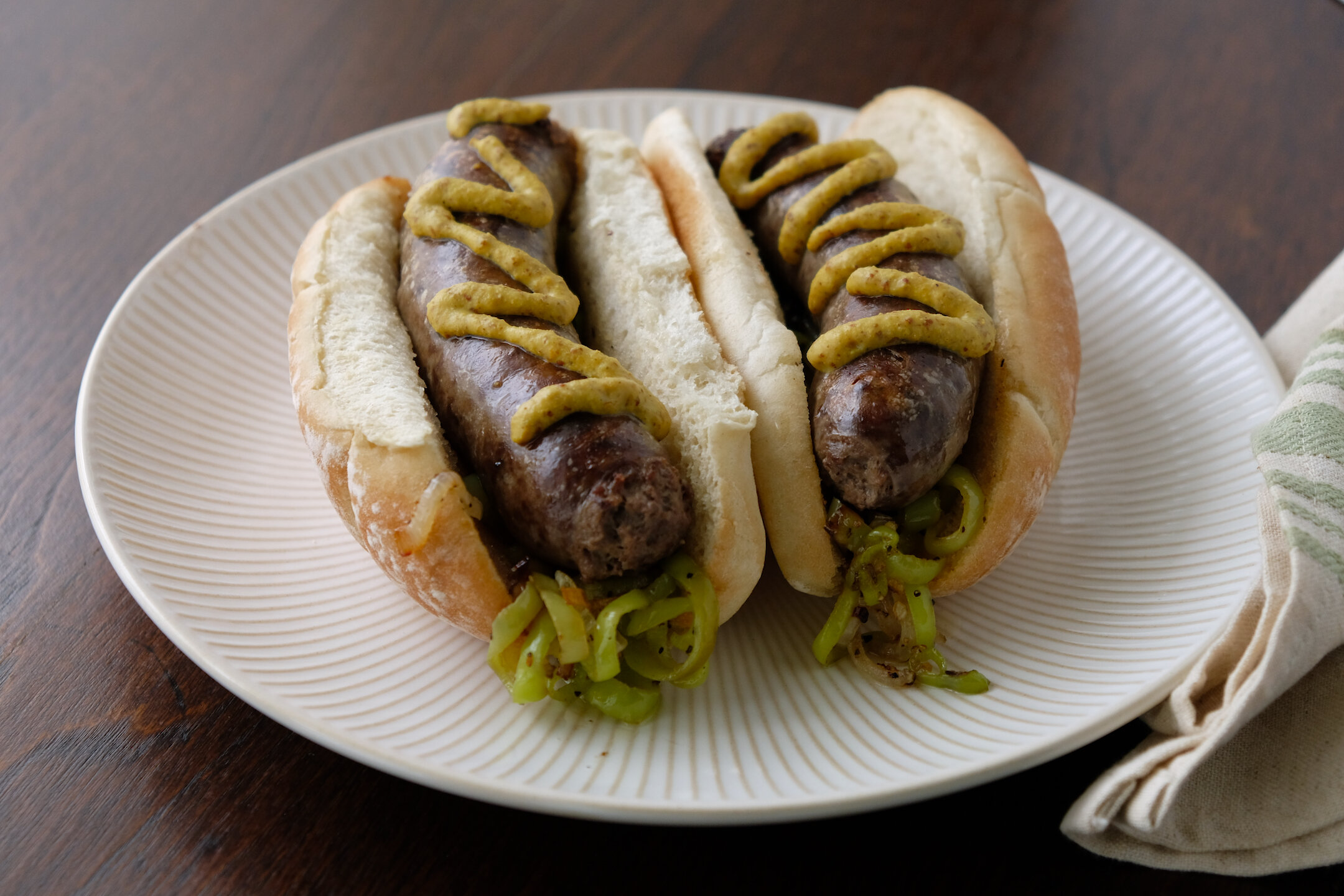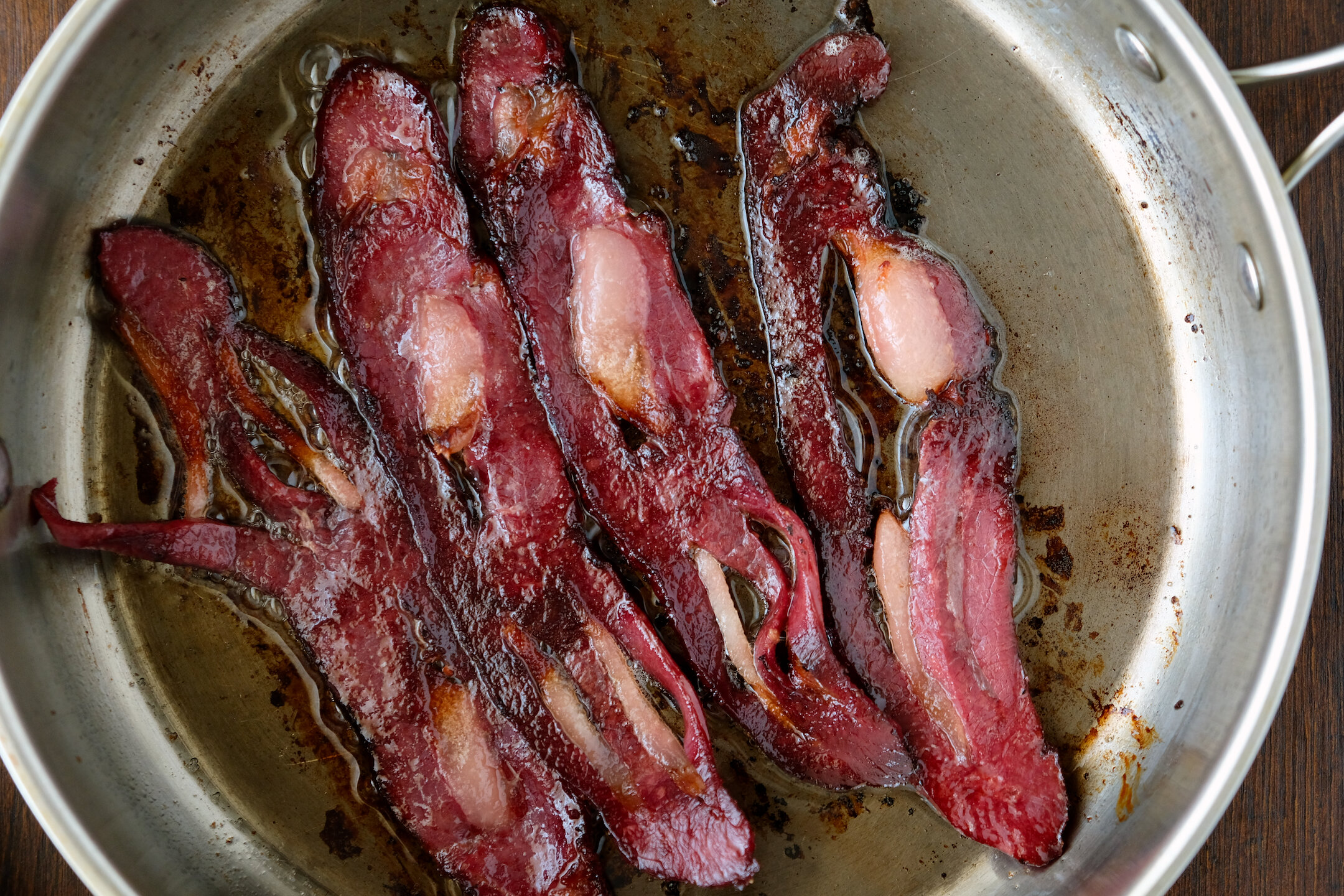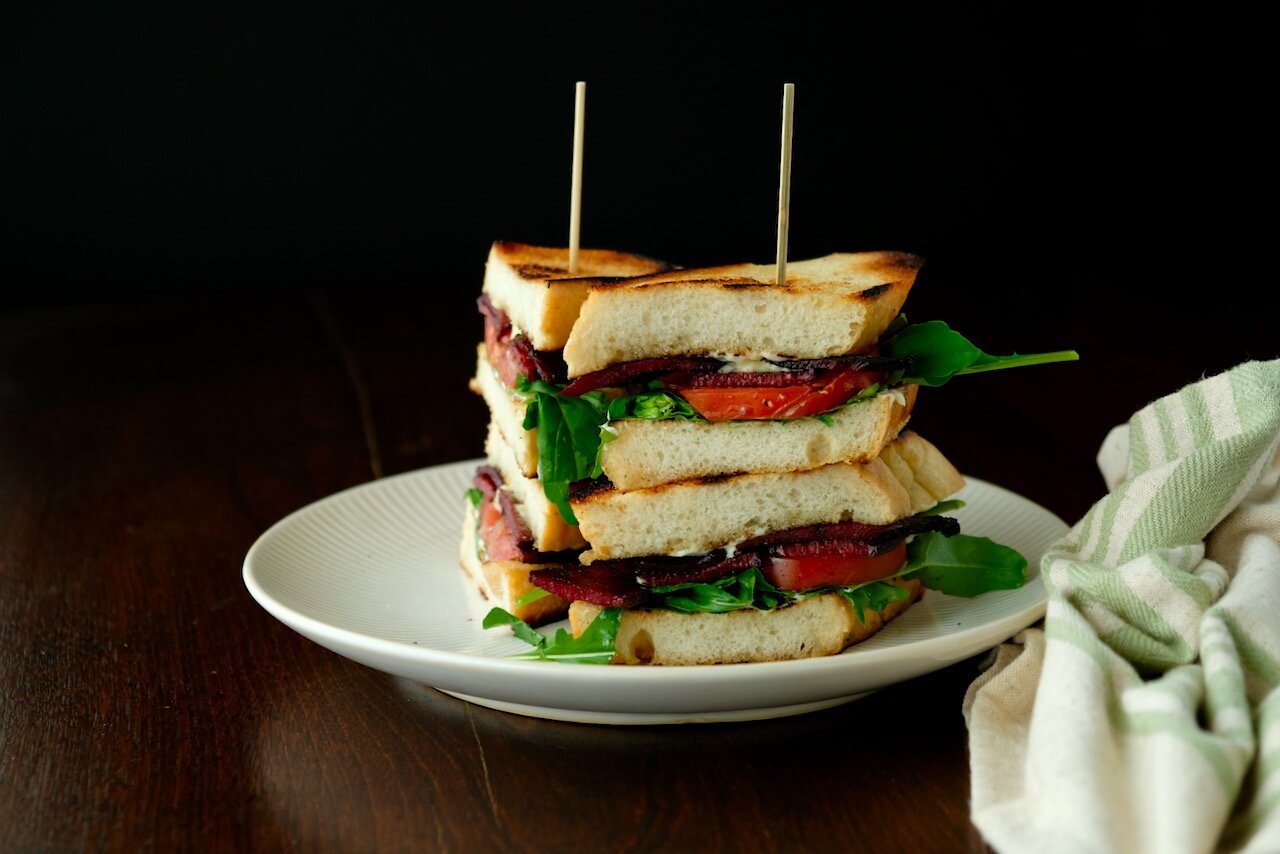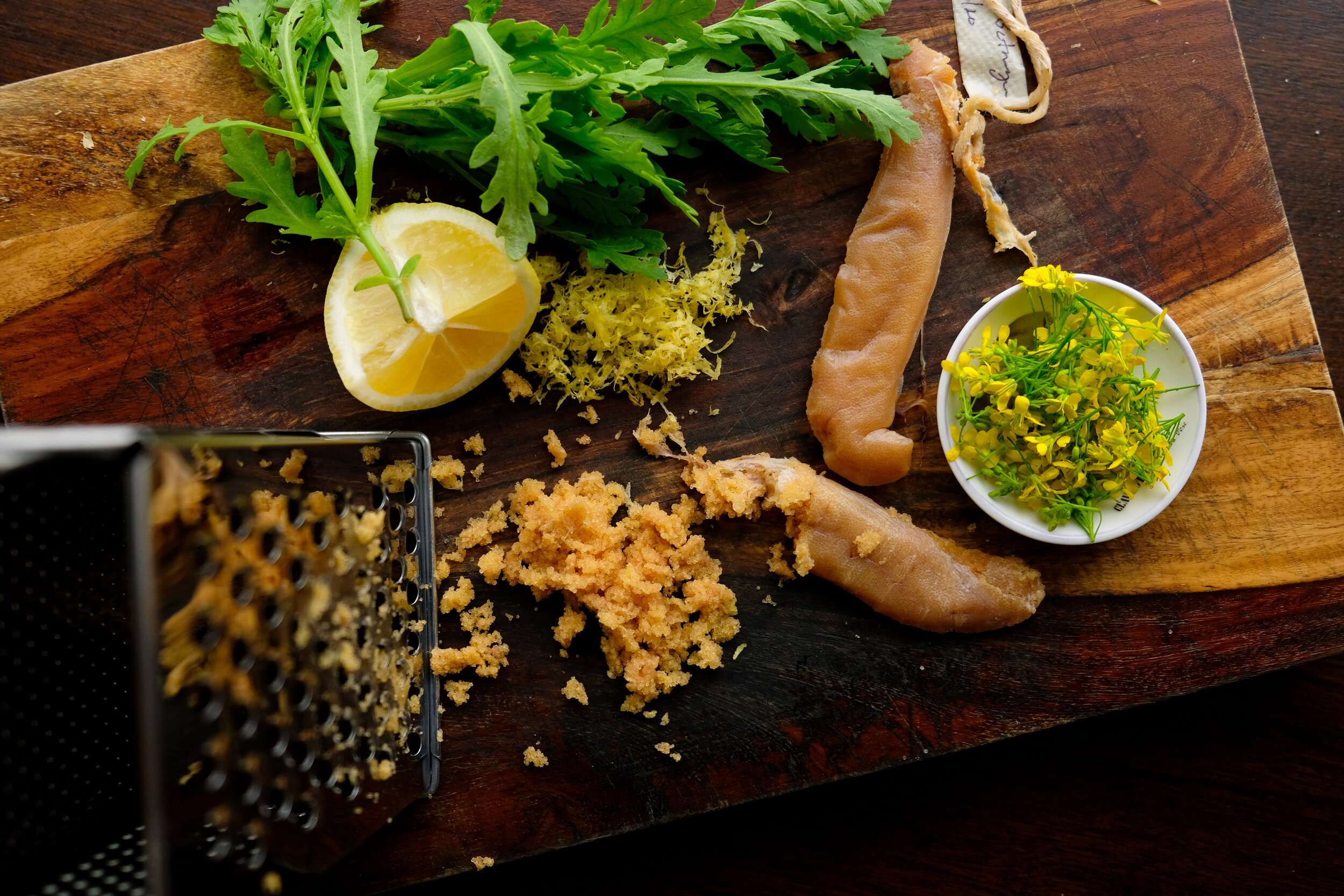Beaver Fallenstellerwurst Sausage

We had an absolute windfall of success this season on the trap line. We had the opportunity to trap more than we ever have, and quite honestly, it was a bloodbath. As we had suspected, and confirmed with the local biologist and WMA manager, hardly anyone traps in the area. We basically had the place to ourselves, and there were plenty of beavers.
Having a bounty of beaver meat has been amazing- we’ve gone from hoarding it for special projects and occasions to using it in everything and experimenting with it. This sausage is one of those experiments.
This sausage was inspired by two things: jagerwurst, which is a smoked German sausage that translates to “hunter’s sausage”, and an old timey beaver lure recipe that we made this season. Getting into making beaver lure has been really cool- there are all kinds of recipes, and most involve using homemade spice oils, like cinnamon, anise, and fennel, which are all also commonly used in sausage recipes. Combining the two concepts seemed like a no-brainer.
The base recipe for this sausage is pretty straightforward: classic german sausage seasonings, pork and salt. We changed the protein out to beaver, and swapped out the ginger and nutmeg for anise and cinnamon, which were the two spices we used to make a castor lure that caught quite a few beavers. Another component of this sausage is grinding the meat with two different dies. Half of it is ground through a large and the other half through a fine die. This variation in size gives the sausage a complex, “rustic” texture.
This sausage is super smoky and tastes great hot or cold. The anise and cinnamon are subtle, but there.

Beaver Fallenstellerwurst Recipe
As always, we use metric measurements and go by percentage weight for our sausage recipes. We do this to make the recipes easy to scale and replicate exactly, batch after batch. If you’re thinking of getting into sausage making and don’t own a kitchen scale, please do yourself the favor of buying one. They’re inexpensive relative to the cash outlay of all the other equipment you’ll need to pick up, and will save you a lot of effort in terms of scaling recipes into imperial measurements. To measure your ingredients, first weigh the meat you are using, and then calculate the weight of all the other ingredients based on the weight of the meat.
Prep time: 3 hours

Ingredients:
Beaver meat, trimmed, cubed
35% pork fat
2.5% salt
0.4% instacure #1
0.5% black pepper, ground coarse
0.1% coriander seed, toasted, crushed coarse
0.5% garlic, fresh minced
0.4% mustard seed, crushed coarse
0.1% star anise, ground fine
0.2% cinnamon, ground fine
4% dry red wine
Method:
Mix all ingredients except wine. Grind half of it through the large die, then the other half through the fine die of your meat grinder. Add wine and mix well with a wooden spoon or in a stand mixer, 1-2 minutes on low-medium speed. Stuff into hog casings and twist into 4-6” links. Prick with sausage pricker or sterile needle.
Place uncovered in the refrigerator for 1-2 hours, ideally hanging, or evenly spaced on a wire rack so the air can circulate around them & allow them to dry.
Preheat the smoker to low heat (165-180F), moderate-high smoke.
Smoke until internal temp reaches 150F, then immediately chill using an ice bath. Allow to hang or set on a wire rack to drain and cool completely.




